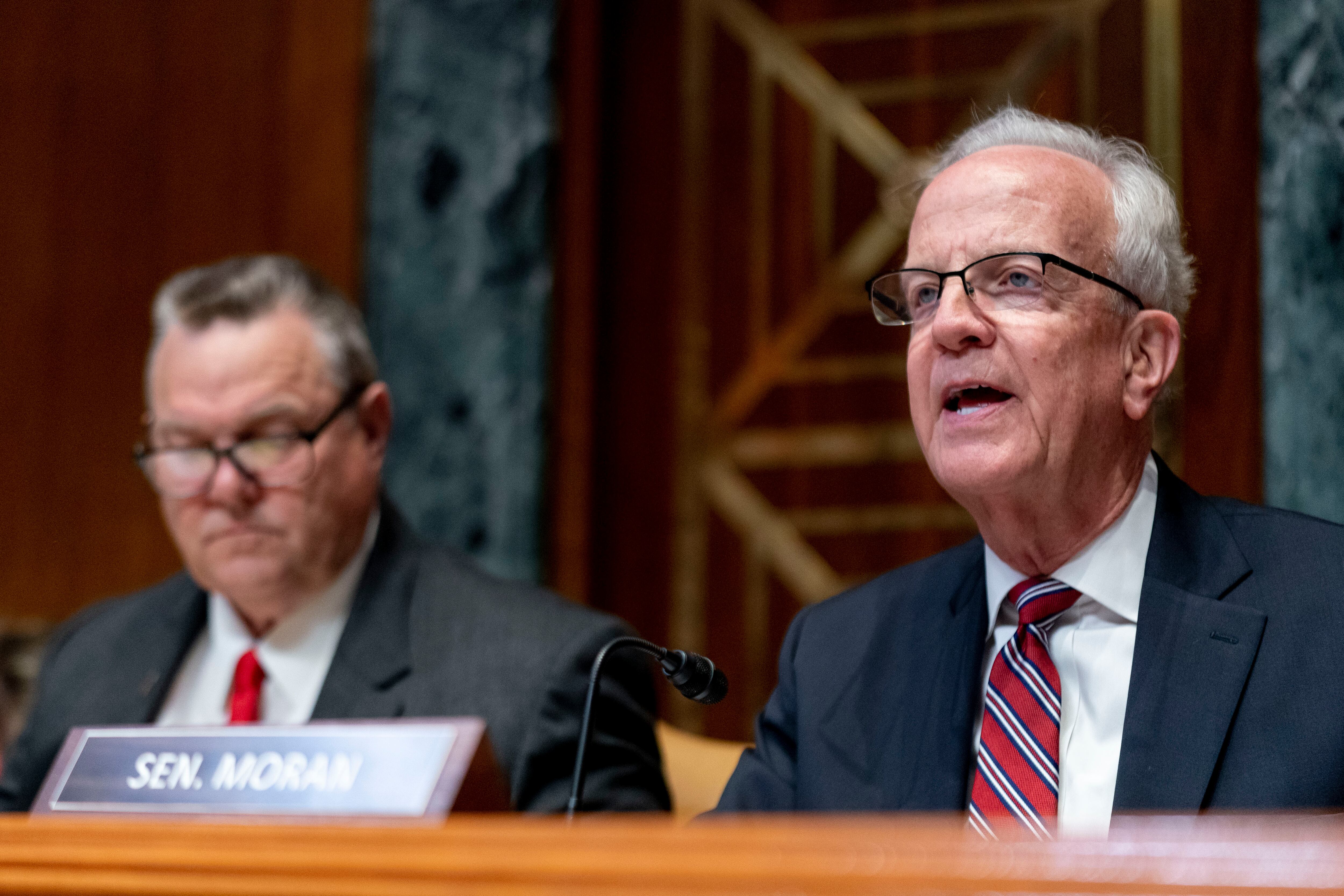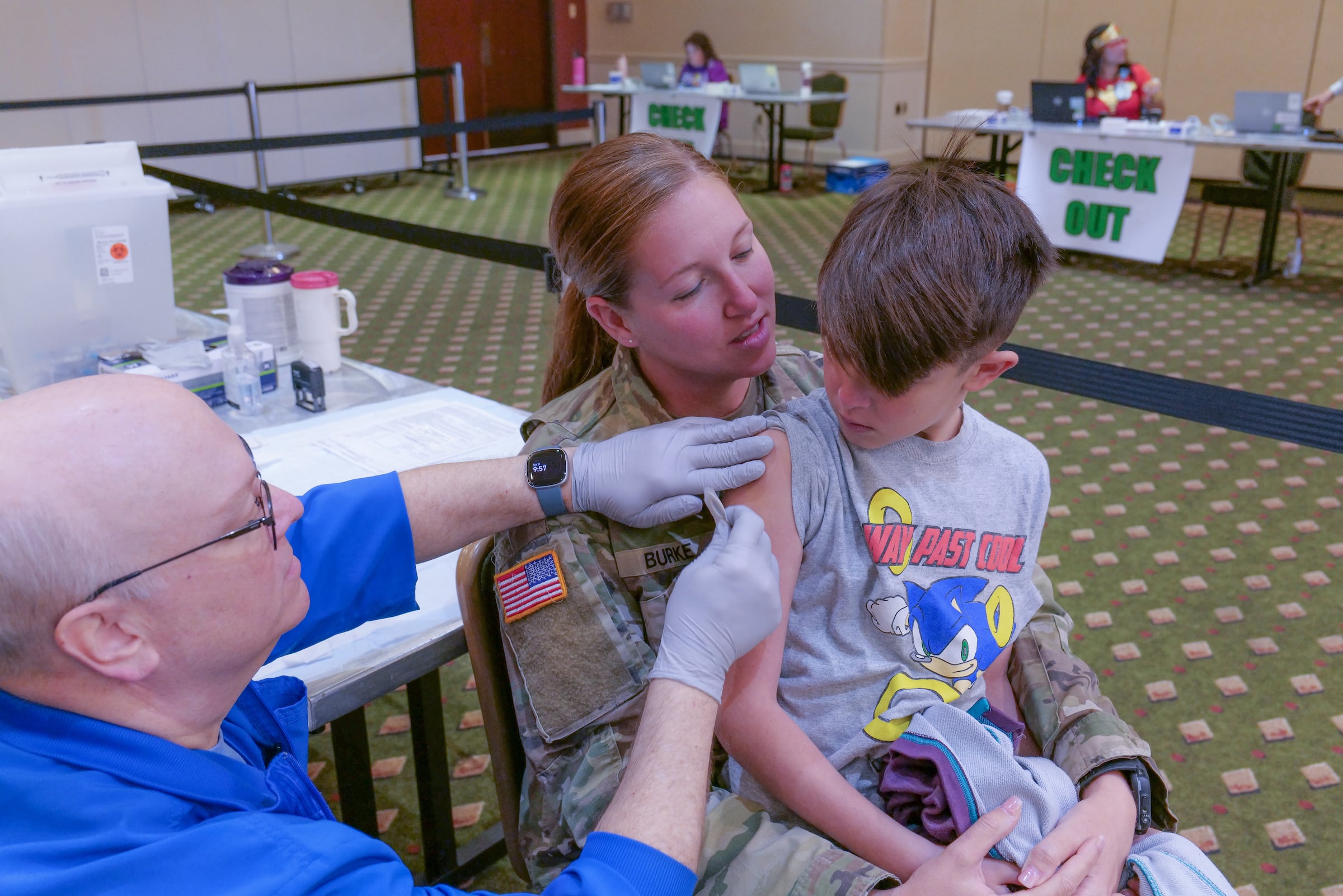The Navy is forging ahead with sidelining its newest cruisers, announcing Thursday that the cruiser Chosin is shifting home ports from Hawaii to San Diego ahead of its induction into a modernization program.
Chosin will depart Friday from its 25-year home in Pearl Harbor for the Golden State. The ship will be considered on deployment until July 1 when control of the boat will shift from Naval Surface Force Pacific to Naval Sea Systems Command, which oversees the construction and maintenance of the fleet, according to a SURFPAC release.
Once NAVSEA takes control, the ship will slim down from a 325-person crew led by a captain to a 45-person crew led by a lieutenant commander.
The Mayport, Florida,-based cruiser Vicksburg is also slated to go into layup this year. The Vicksburg and Chosin join their sister ships Cowpens and Gettysburg, which went into the so-called "phased modernization" program in 2015.
By law, the Chosin must be back in the fleet by 2021. The plan for the cruiser layups, as mandated by congress, is known as "2-4-6." It calls for two ships at a time to be sidelined for no longer than four years and that no more than six ships will be in this inactive status at one time.
While Chosin is laid up, the slimmed down crews will be used for a variety tasks, SURFPAC head Vice Adm. Thomas Rowden told Navy Times in a September interview.
"Those individuals can be used in a number of ways, planning for the next portion of the phased modernization," Rowden said. "Also pursuing their qualifications, and the opportunity to get additional [Navy enlisted classifications] based on that they are working at the regional maintenance centers. They'll also be training and, because they are at the RMCs, they'll be fixing ships."
Chosin's crew will be composed primarily from engineering and combat systems ratings, second class petty officers and up. But the crew also comprises operations specialists, yeomen and boatswain's mates.
While the Navy moves ahead with the 2-4-6 plan, it's doubling down on its initial plan to lay up half of its 22 cruisers, bringing one fully modernized cruiser into the fleet for each cruiser it decommissions.
Officials say that doing it that way means the Navy can keep the cruisers, the Navy's primary air-defense platform, in the fleet into the 2040s. It also gives the Navy some time and space to figure out a replacement for the service's premier surface combatant.
But lawmakers, including Rep. Randy Forbes, R-Virginia, have been skeptical of the plan because of the Navy's recent efforts to prematurely retire the cruisers to save saving money. Forbes signaled his concern to see the Navy put forward the full plan, which lawmakers have blocked for two years.
"I am particularly bothered that it seems that the Navy is being forced once again to lay up half its cruisers, breaking faith with Congress and depriving the fleet of air and missile defense capacity that is going to be in more demand than ever," Forbes said in a February statement to Navy Times.
David B. Larter was the naval warfare reporter for Defense News.





